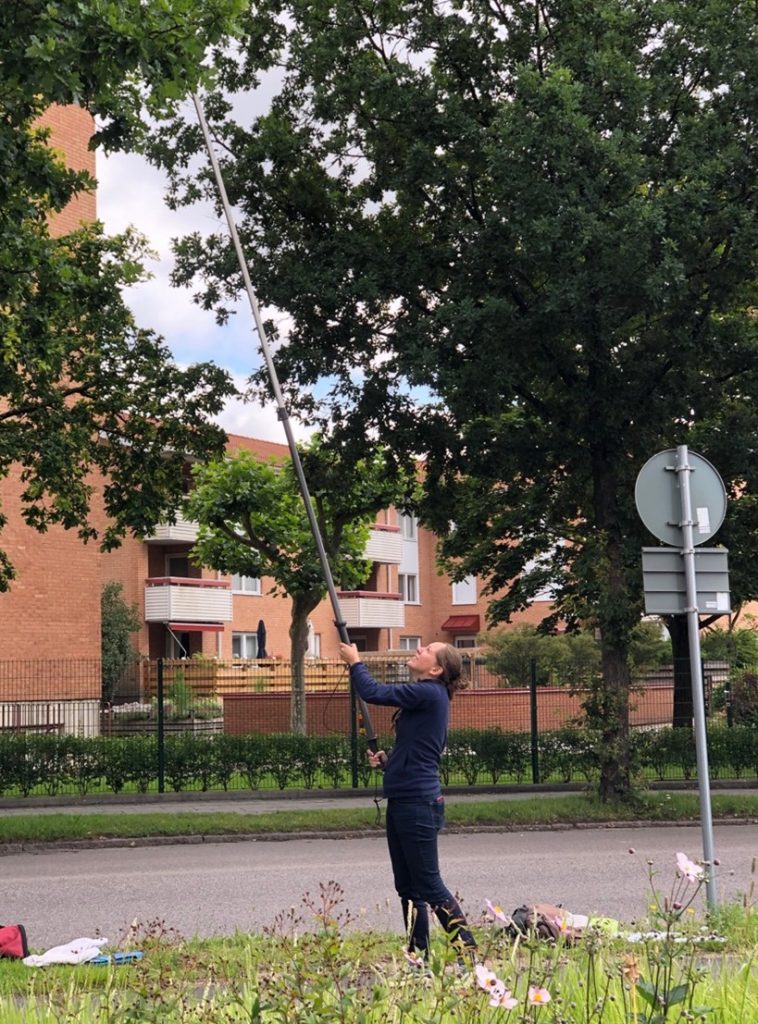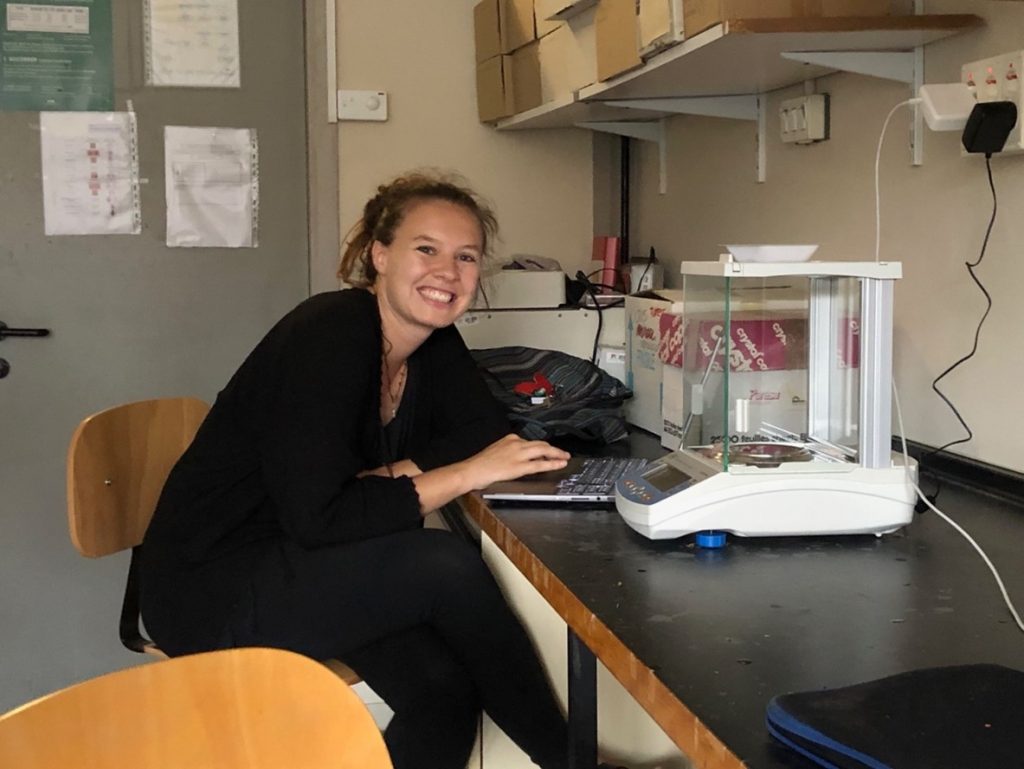This summer, we launched a project investigating the heat stress tolerance and avoidance of urban trees in cities across Europe. For this, I travelled for a few days to Barcelona, Lund, and Birmingham, where my collaboration partners and former PERL lab members Margaux Didion-Gency, Leonie Schönbeck and Alice Gauthey came with me to the city and the laboratory to do several tree physiological measurements. The same measurements were also repeated in Lausanne. The goal of the project was to see whether the heat stress tolerance is determined by the climate of the city (hot in Barcelona, cool in Lund), or whether it differs between species, irrespective of the background climate.
Previously to the fieldwork, we checked in the urban tree inventories of all cities which were the most commonly planted trees across all the cities, and selected five of them for the measurements. On these trees we measured leaf temperatures with an IR camera and leaf transpiration, as well as the local microclimate at the time of the measurement. We sampled leaves, and analysed their heat stress tolerance in the laboratories of the local universities.
In my preliminary analyses I see that some species, such as the wild cherry tree (Prunus avium) acclimate to the local climate, thus increase their heat stress tolerance when necessary, as in Barcelona. Other species, such as the pedunculate oak (Quercus robur) have a rather constant heat stress tolerance, whether it is cool in Lund or hot in Barcelona. There is still more to find out with the leaf temperature and transpiration measurements…



